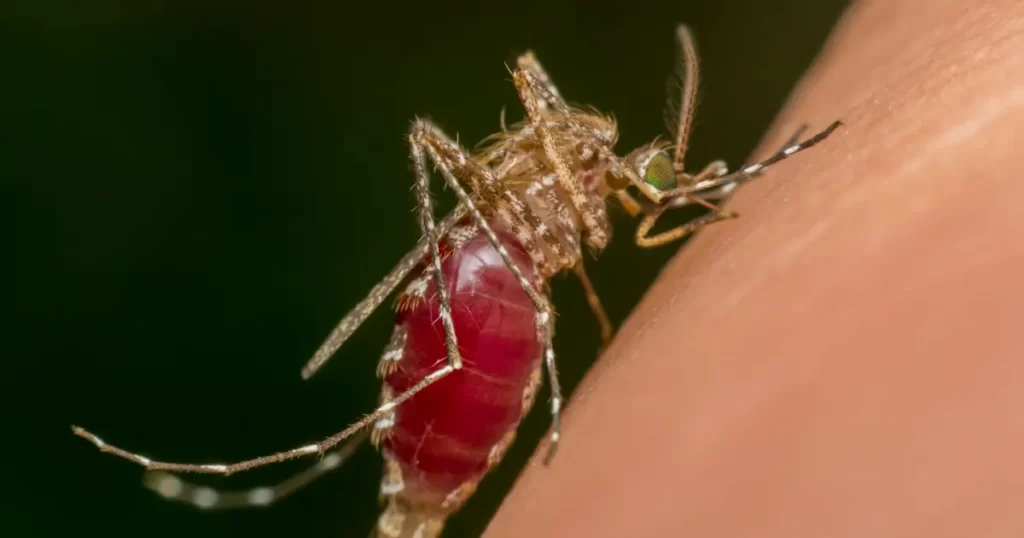Introduction
For millennia, humans and microbes have evolved side by side, forming a delicate balance that sustains all life. Bacteria inhabit our bodies, water, and soil—shaping ecosystems and influencing health in ways we are only beginning to understand. This relationship—what we might call Microbial Coexistence & Antibiotic Practices—defines how we live with, manage, and sometimes disrupt the microbial world around us.
Modern antibiotic use, while life-saving, has challenged that balance. Across countries and cultures, prescribing habits reflect not just medical choices but deeper beliefs about control, trust, and coexistence with microbes.
What do these variations reveal about our relationship with bacteria, and how might we learn to live more sustainably with them?
Understanding Microbial Coexistence & Antibiotic Practices
Every organism exists within a microbial web. Human guts, animal intestines, rivers, and soils teem with microbial communities—microbiomes that sustain digestion, immunity, and ecosystem health.
When antibiotics are used indiscriminately, they disturb these intricate systems. The result can be ecological disruption—from altered gut flora and soil degradation to rising resistance. Reframing antibiotics through Microbial Coexistence & Antibiotic Practices means viewing microbes as cohabitants, not perpetual foes. Our prescribing choices shape that shared equilibrium.
Variation in Prescribing Practices Across Cultures
Antibiotic use varies widely worldwide. According to Our World in Data, national consumption ranges from below 10 defined daily doses (DDD) per 1,000 people per day in some Northern European countries to over 30 DDD in parts of Southern Europe and South Asia [1].
A PLOS Medicine review found that in low- and middle-income countries, about 52% of primary-care patients received an antibiotic, often without diagnostic confirmation [2]. Meanwhile, an OUP Academic study showed that countries scoring high in “uncertainty avoidance” had higher use of broad-spectrum antibiotics [3].
Cultural expectations, regulation, and patient–doctor trust all influence how antibiotics are prescribed [4]. In high uncertainty-avoidance cultures, physicians may prescribe “just in case.” In others, where regulation and trust are stronger, prescribing is more restrained. These patterns reveal how societies view microbes—either as enemies to eliminate or partners to manage.
Implications for Coexistence & Stewardship
High prescribing rates and broad-spectrum use can disrupt microbial balance, fostering resistant strains and ecological instability. Systems that encourage diagnostic testing, narrow-spectrum use, and patient education sustain both human health and microbial diversity.
Seeing antibiotics through a coexistence lens shifts stewardship from “killing the bug” to “managing the ecology.” Responsible use protects not only people but also the microbial networks that sustain food production, soil fertility, and planetary resilience.
Toward Culture-Aware Stewardship
Effective stewardship must consider cultural context. Uniform global policies overlook social norms and local realities.
Successful programs recognize these differences:
- In regions where patients expect antibiotics for every illness, campaigns stress “living with microbes wisely” rather than “antibiotics are bad.”
- Physician training that builds diagnostic confidence reduces pressure to overprescribe.
- Cross-country benchmarking identifies cultural and systemic factors behind overuse.
Sustainable prescribing becomes a form of ecological care—protecting microbial harmony alongside human health.
A One Health Approach
The principles of Microbial Coexistence & Antibiotic Practices align closely with the One Health Approach, which links human, animal, and environmental wellbeing. Overuse in one sector—healthcare, livestock, or agriculture—inevitably affects the others.
By promoting cross-sector collaboration, shared data, and environmental stewardship, One Health expands antibiotic responsibility from hospitals to ecosystems. It reframes antibiotic policy as both a medical and ecological commitment—turning coexistence into coordinated prevention.
Conclusion
Bacteria are not merely pathogens but partners in survival. How a culture prescribes antibiotics reflects how it understands this relationship—through fear, trust, or respect for balance.
To build a healthier future, antibiotic use must be seen not as a battle but as coexistence. By aligning medicine with ecology and culture, we can create a world where Microbial Coexistence & Antibiotic Practices preserve both human progress and microbial diversity.
References
- Our World in Data (2024) Antibiotic consumption rate (defined daily doses per 1,000 people per day). Available at: https://ourworldindata.org/grapher/antibiotic-consumption-rate
- Cross, E.L.A. et al. (2023) ‘Antibiotic prescribing in primary care in low- and middle-income countries: A systematic review and meta-analysis’, PLOS Medicine, 20(7), pp. 1–15. Available at: https://journals.plos.org/plosmedicine/article?id=10.1371/journal.pme
d.1004252 - Borg, M.A. & Camilleri, L. (2019) ‘Broad-spectrum antibiotic use in Europe: more evidence of cultural influences on prescribing behaviour’, Journal of Antimicrobial Chemotherapy, 74(11), pp. 3379-3383. Available at: https://doi.org/10.1093/jac/dkz312
- Teixeira Rodrigues, A. et al. (2015) ‘Identification of cultural determinants of antibiotic use cited in primary care in Europe: a mixed research synthesis study of integrated design’, BMC Public Health, 15, Article 908. Available at: https://bmcpublichealth.biomedcentral.com/articles/10.1186/s12889-015-2254-8













